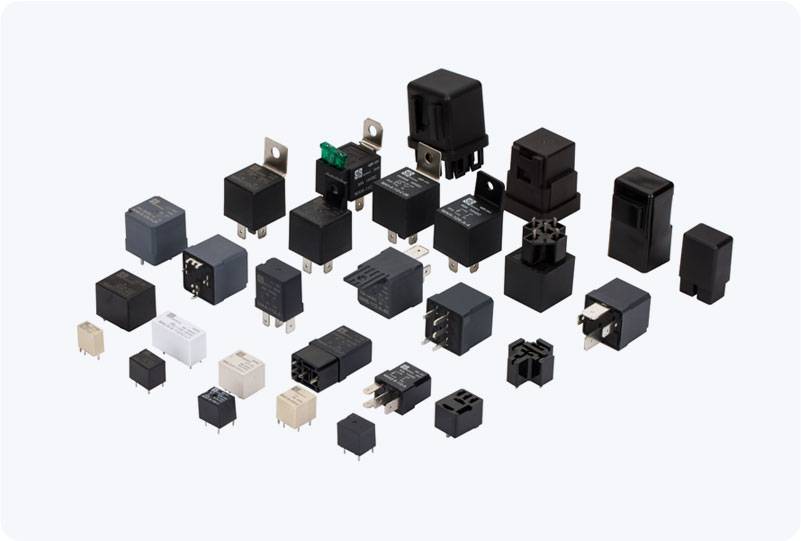Power relays are essential electrical devices that serve as the gateway for controlling high-power circuits using low-power signals. Their widespread use in automation systems, protection circuits, and home appliances makes them an integral part of modern electrical engineering. This article delves into the fundamental aspects of power relays, including their components, working principles, applications, and significance in electrical control systems.

Components of a Power Relay A power relay is a mechanical switch that uses an electromagnet to control the opening and closing of electrical contacts in a circuit. The main components of a power relay include: Coil: The coil, or electromagnetic winding, is the central component of a relay. When current flows through the coil, it generates a magnetic field. The strength of this magnetic field is directly proportional to the current passing through the coil. The coil is responsible for driving the relay’s mechanical components. Contacts: The contacts are the switching elements of the relay, responsible for opening or closing the circuit. Power relays typically feature two types of contacts: Normally Open (NO) and Normally Closed (NC). NO contacts remain open when the relay is de-energized, while NC contacts remain closed. When the relay is energized, NO contacts close and NC contacts open, allowing or interrupting the flow of electrical current.